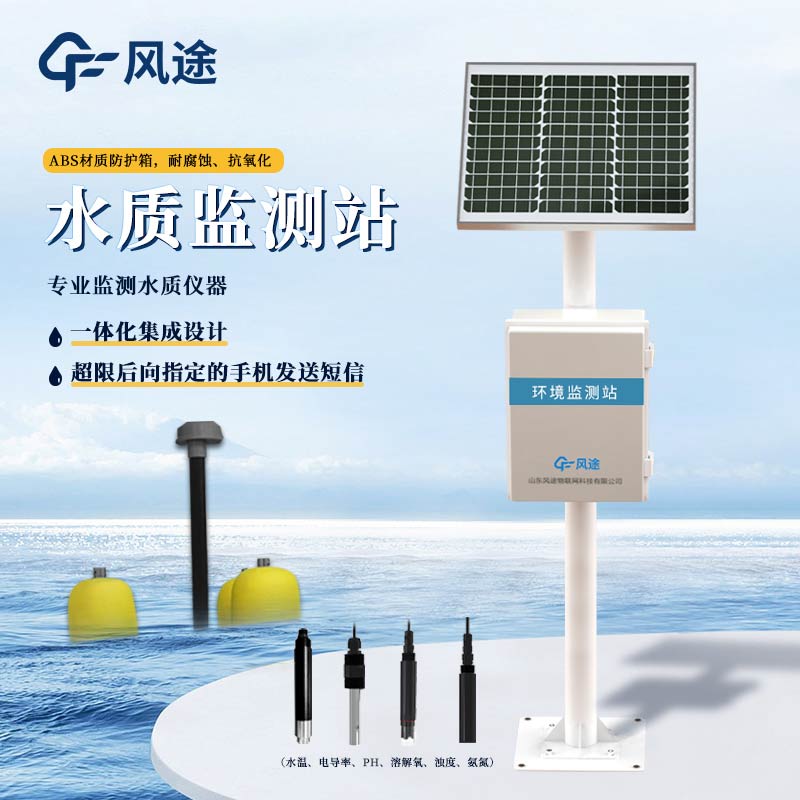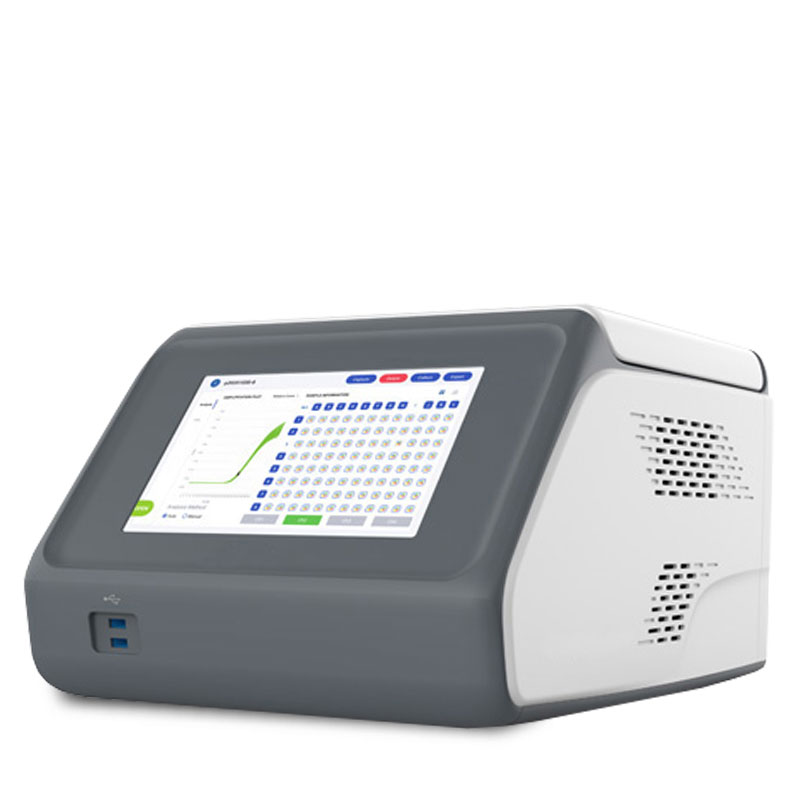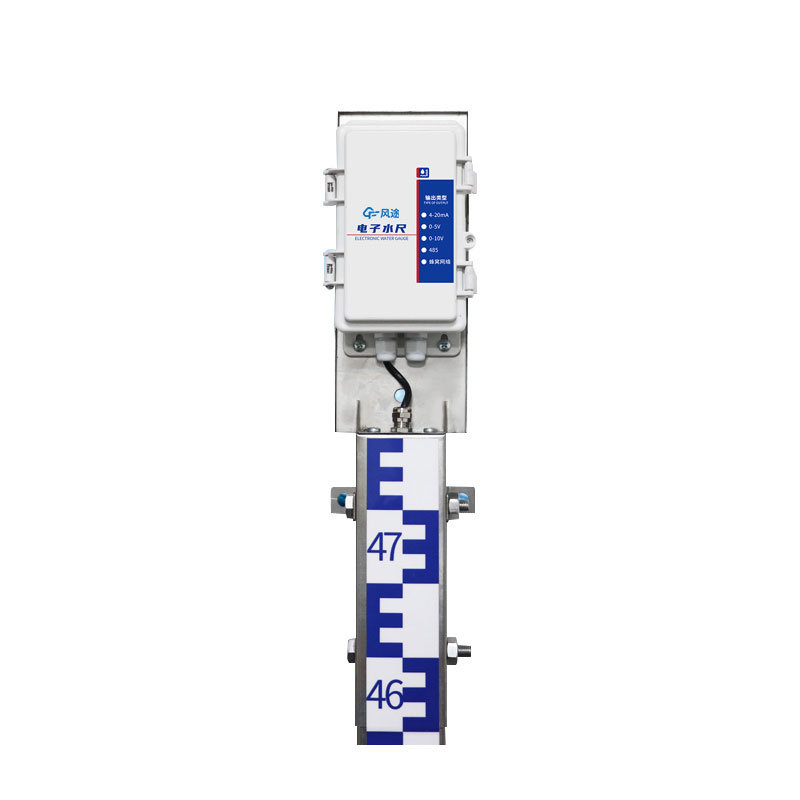What are the Contents of Reservoir Water Quality Testing?
Temperature
The temperature of reservoir water is a basic detection indicator. Water temperature affects the physiological activities of aquatic organisms and the rate of chemical reactions. For example, many aquatic organisms have a suitable temperature range for survival, and either too high or too low water temperature will have an adverse impact on them. Moreover, the change in water temperature will also alter the content of dissolved oxygen in the water. When the temperature rises, the solubility of dissolved oxygen in the water will decrease.
pH
The pH value is an important parameter for measuring the acidity and alkalinity of reservoir water. It reflects the concentration of hydrogen ions in the water. Generally, a pH value between 6.5 and 8.5 for reservoir water is more appropriate. The pH value has a great influence on the existing forms and toxicity of chemical substances in the water. For example, when the pH value is low, heavy metal ions in the water may be more soluble, and their toxicity will increase. When the pH value is too high, it may interfere with the physiological functions of aquatic organisms, such as affecting their osmoregulation.
ORP (Oxidation - Reduction Potential)
ORP is an indicator that comprehensively reflects the trend of oxidation - reduction reactions in water. It can help determine the relative contents of oxidizing and reducing substances in the water. In a reservoir, the ORP value is affected by many factors such as dissolved oxygen, organic matter, and inorganic substances in the water. For example, a higher ORP value usually means that there are more oxidizing substances in the water, and the water body has strong oxidizing properties, which may affect the existing forms and bioavailability of some oxidation - sensitive substances in the water.
Conductivity
Conductivity is an indicator for measuring the electrical conductivity of electrolytes in reservoir water. The more electrolytes such as salts, acids, and alkalis dissolved in the water, the higher the conductivity. It can indirectly reflect the content of total dissolved solids (TDS) in the water. For example, when there are agricultural activities around the reservoir causing fertilizers to flow into the reservoir, or when industrial wastewater is discharged, the content of electrolytes such as salts in the water may increase, and the conductivity will also increase accordingly.
Turbidity
Turbidity mainly reflects the degree of light scattering and absorption by suspended particles in reservoir water. These suspended particles may include sediment, algae, microorganisms, etc. Higher turbidity will reduce the transparency of the water and affect the photosynthesis of aquatic organisms because light can hardly penetrate the turbid water to reach deeper areas. At the same time, high turbidity may also be a signal of water pollution.
Dissolved Oxygen
Dissolved oxygen is a key substance for maintaining the survival of aquatic organisms in reservoir water. It mainly comes from the dissolution of oxygen in the atmosphere and the photosynthesis of aquatic plants. For aquatic organisms such as fish in the reservoir, sufficient dissolved oxygen is essential for their respiration. Generally, the dissolved oxygen content in reservoir water is required to be not less than 5mg/L. If the dissolved oxygen content is too low, it will cause asphyxiation and death of aquatic organisms and also reduce the self - purification ability of the water body.
Ammonia - Nitrogen
Ammonia - nitrogen is a form of nitrogen element in reservoir water, mainly originating from domestic sewage, agricultural fertilizer loss, and industrial wastewater. Appropriate amount of ammonia - nitrogen is a nutrient for the growth of aquatic plants, but excessive ammonia - nitrogen will cause harm to the water body. For example, high - concentration ammonia - nitrogen will consume dissolved oxygen in the water, leading to water hypoxia. At the same time, ammonia - nitrogen will be converted into nitrite - nitrogen and nitrate - nitrogen under certain conditions, and nitrite - nitrogen is toxic to aquatic organisms.
COD (Chemical Oxygen Demand)
COD is an important indicator for measuring the content of organic matter in reservoir water. It represents the amount of oxygen required to oxidize organic matter in the water with a strong oxidant under certain conditions. Organic matter in the water mainly comes from domestic sewage, industrial wastewater, and agricultural non - point source pollution. A high COD value means that there is a large amount of organic matter in the water. These organic matters will consume dissolved oxygen in the water during the decomposition process, leading to water hypoxia and affecting the survival of aquatic organisms. At also may produce some harmful substances.
Suspended Solids
Suspended solids in reservoir water include various solid particles such as sediment, algae, microorganisms, and organic debris. The presence of suspended solids will affect the transparency, color, and taste of the water. A large number of suspended solids may also clog the respiratory or feeding organs of aquatic organisms.
Chlorophyll
Chlorophyll is a key pigment for plant photosynthesis. In a reservoir, chlorophyll mainly comes from aquatic plants such as algae. Detecting the chlorophyll content can help understand the growth situation of algae in the reservoir. When the chlorophyll content is too high, it may indicate a large - scale reproduction of algae, which may lead to eutrophication of the water body. Eutrophic water bodies are prone to algal bloom phenomena, produce odors, and consume a large amount of dissolved oxygen, causing damage to the reservoir's ecosystem.
Reservoir water quality monitoring equipment is a comprehensive professional device that can accurately measure multiple key parameters of reservoir water quality. It can monitor core indicators including temperature, pH value, dissolved oxygen, turbidity, etc. in real - time, providing comprehensive data for reservoir water quality assessment. Its sensors have high precision and strong stability and can adapt to the complex environment of the reservoir. The equipment has good data transmission capabilities and can send monitoring data to the management platform in a timely manner, facilitating managers to remotely grasp the water quality status. At the same time, its installation and maintenance are relatively simple, which can effectively reduce labor costs and ensure the efficient development of reservoir water quality monitoring work.

This paper addresses:https://fengtusz.com/industry/516.html









